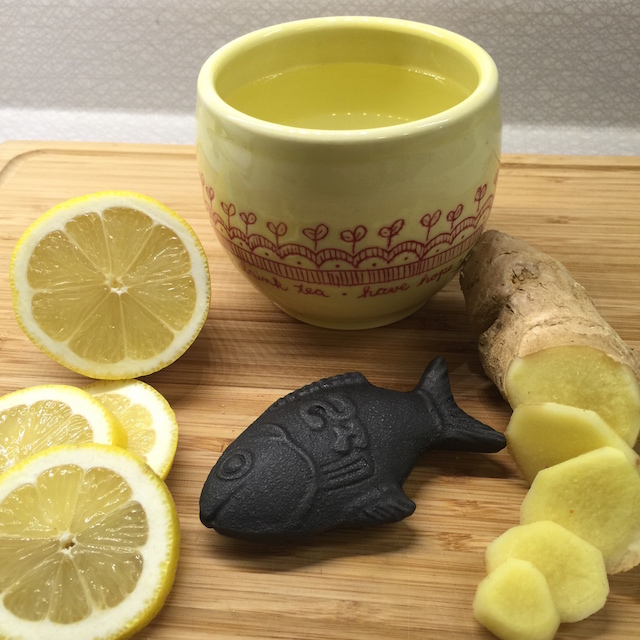The Lucky Iron Fish started as a shapeless chunk of iron.
It was used as a paperweight, a door stop, or anything other than its intended purpose—to stew in a cooking pot. But mold that lump of metal into the shape of a cute fish, give it a little smile, and you have a formidable tool to fight a health concern that affects 3.5 billion people across the globe.
While the CDC estimates that roughly 20 percent of populations living in westernized countries lack an adequate amount of iron in their diets, numbers in developing countries are much higher. In Cambodia, where Lucky Iron Fish first started distributing, the number ranges from 30 to 50 percent. Iron deficiency is a preventable condition that can lead to anemia, weakness, impaired cognitive ability, compromised physical development in children, and increased risk of illness. It can even lead to death.
Gavin Armstrong, CEO of Lucky Iron Fish, realizes this is a complicated problem. But he insists on a simple solution.
There are no biosensors to attach to fingers or fancy apps that require access to smartphones. It’s even simpler than a pill because it comes without side effects. Add the fish to a pot of boiling water for soup, rice or other entrees, and it provides a family with up to 75 percent of their daily iron intake. The fish lasts for five years. It’ll let you know when it’s time to get a new one by turning its smile upside down.
It has already helped over 89,000 men, women and children who are living healthier and more productive lives.
“When people hear that they just have to cook with this fish for 10 minutes,” explains Armstrong, “they’re taken aback. We are hammering down the fact that simplicity can work to address complicated issues.”
Cooking with iron is an old idea—it’s been around since 500 B.C. There are dangerous attempts, too, at filling the deficiency. In parts of Africa, people eat red dirt thinking it’s a cure. In parts of Southeast Asia, people cook with nails.
“It’s not a new idea,” says Armstrong. “We just made it into a safe process by inventing something that releases the proper amount.”
“The innovation,” says President of Operations Tania Framst, “is the education that comes along with it. People don’t know they aren’t getting enough iron. In Western countries people buy it after a recommendation from a doctor. In other places, community members share with each other face to face. They try it, feel better and are convinced.”
The duo now uses a revenue model that they think is key to expanding into other markets. First, Southeast Asia and India. If you’re familiar with Tom’s shoes, then you know how it works. A consumer in a Western market buys one, and Lucky Iron Fish matches that in a developing country. The donated fish are distributed by NGOs directly to families.
“People always think of it as a third world problem, but it’s not,” says Armstrong. “We are trying to bring that together. You can buy a sustainable solution that is not hard on the body, cost effective and you’re also helping someone else who is suffering from the same thing across the world.”
“Our social mission to provide a healthcare product is our main goal, but we are always looking at the pillars and how we can include a social responsibility element in those,” says Armstrong. “We try to instill a culture of doing things differently even when it comes to the task of stuffing boxes.”
The fish is made from recycled materials, the packaging is biodegradable, and they’re manufactured by a cooperative in Cambodia that hires disabled veterans injured by land mines during the Khmer Rouge. For Western distribution, they’re packaged in Canada through Arc Industries who employs marginalized demographics. They are ranked in the top 10 percent of B-Corp certified businesses.
Their work is recognized by numerous awards and recognitions such as the “Commitment to Action Award” from the Clinton Global Initiative University, and they were named “1 of 5 innovations that will change the world” by MacLean’s magazine.
The team plans to continue entering new markets and health food stores to meet their goal of putting a fish in every pot.
A version of this post originally appeared on UNREASONABLE.is.
Author: Cayte Bosler
Editor: Catherine Monkman
Image: via Ayla Schlosser, used with permission from Resonate









Read 4 comments and reply